By Steve Campbell, EAA 289109
This piece originally ran in the June 2025 issue of EAA Sport Aviation magazine.
When I started my Velocity SE project in 2016, I was not thinking about a military paint scheme. At the time, I was planning to mimic Tom Irion’s award-winning Velocity XL, N722XL, a truly classy airplane. However, as flight testing was wrapping up, I had to get serious about picking colors and design scheme. Although I’m very fond of 722XL, copying Tom’s airplane would be poor form.
Because of my frugal nature, I elected to paint the airplane myself, although that wasn’t a particularly good idea as I applied paint in the dead of an Ohio winter in an unheated space. Kirker single-stage urethane was used with a well-used LPHV sprayer — simple gloss white overall. Though there was no fault with Kirker paint, or the sprayer, it would be fair to say mistakes were made and many lessons were learned during the process. One can never have too much light while spray painting. Regarding accents and color, applying automotive vinyl wrap was really intriguing as the (soon to be) shiny and smooth base surface would lend itself to good vinyl adhesion, and others reported good success with wraps. So, as soon as the paint was dry, I ordered several dozen samples of wrap material without knowing where the design was headed. As some of you know, picking a design and colors for an airplane is really a difficult process, and for a while, I was at a standstill unable to make a decision given the endless color and finish option available with wraps.
During some downtime, I was reading about the Legacy Hornet. Yes, I’m a wannabe F/A-18 driver and found a picture of the 1978 rollout of McDonnell Douglas’ prototype No. 1 F/A-18A Hornet. This picture also brought back memories of one of my first attempts at airplane building, circa 1980, of a Monogram plastic kit of the same airplane.
My thoughts soon solidified on a look-alike design as it met many criteria: cool factor (in my opinion), high-contrast accent colors, accent colors don’t cover a large percentage of horizontal surfaces (think solar absorption on a composite airframe), novel yet retro at the same time, and within the complexity scope of something I could do.
Scrubbing the internet for more details, I found Sprue Brothers Models sells 1/48 scale decals for this scheme, and I ordered a set that were, eventually, digitally scanned and enlarged to Velocity scale. With the decision on livery made, rolls of Avery Dennison Gloss SW900 series gold and medium blue wrap and 3M trimming tape soon arrived.
When I wasn’t at the hangar sanding and polishing, I was learning how to use Inkscape, an image editor, and a Cricut desktop vinyl cutter to fabricate the decals. The images of the hornet silhouette nose art as well as some other special artwork were exported to the Cricut for cutting from 12-inch wide rolls of craft vinyl with adhesive backing. There is some uncertainty about the long-term durability of the adhesive decals, but I can always make replacements. Having said this, I think the Avery wrap materials will hold up well over time, particularly since the airplane is kept in a hangar.
A special shoutout to my daughter who helped with the hybrid Velocity-Hornet icon. Yes, we know, anatomically the stinger should be on the tail, but we just couldn’t get it to look right, so we put it on the nose.
I stopped keeping track of build time once the airplane was deemed airworthy by the FAA. It was only in primer then, but I’m certain over 300 hours were consumed with finishing: wet sanding with 600 grit to remove runs — there were many; 1,000 grit for overspray — there was a lot; 2,000 grit overall; and then final buffing with 3M 36060 compound. At the suggestion of a buddy, I had a custom shirt made that reads “I ♥ SANDING,” which really is not true. Fortunately, application of the vinyl took only a small fraction of time, and learning how to apply and trim the vinyl was pretty easy and, importantly, also provided much needed instant gratification.
Overall, I’m happy with how it turned out. The airplane has a 3-foot paint job; any closer and the remaining imperfections become apparent, but at 4 feet, it looks fantastic!
It’s fun and ‘campy,’ and longtime F/A-18 Hornet fans get a big smile when they recognize the colors and style cues. Besides, if I grow tired of the scheme, I can always peel off the color and start over with something new, but I’m not thinking about that — at least not yet. Lastly, a big thank-you to my wife for enduring the multiyear build process and allowing large airplane parts to consume much of the garage.
Attention — Aircraft Builders and Restorers
We would love to share your story with your fellow EAA members in the pages of EAA Sport Aviation magazine, even if it’s a project that’s been completed for a while. Readers consistently rate the “What Our Members are Building/Restoring” section of the magazine as one of their favorites, so don’t miss the chance to show off your handiwork and inspire your peers to start or complete projects of their own. Learn more ->





